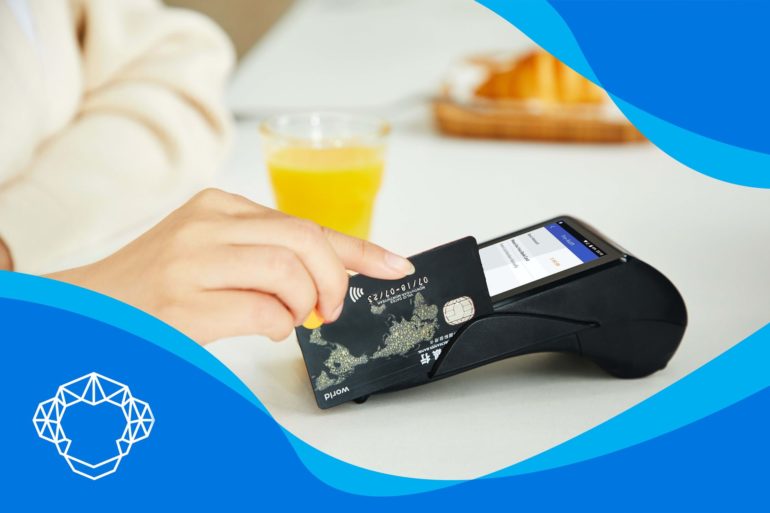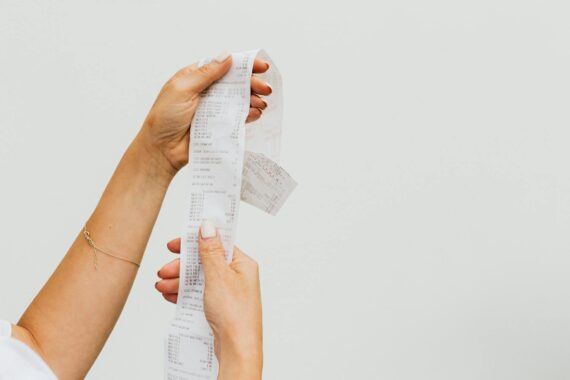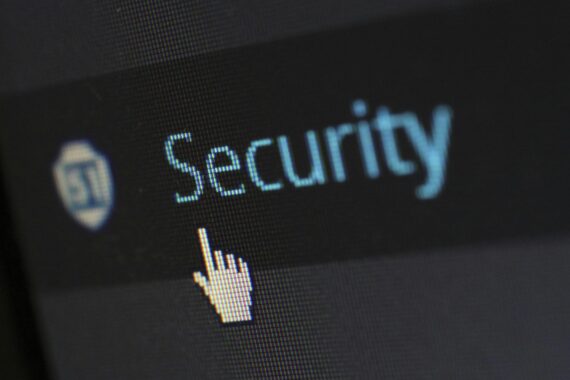Having difficulties processing payments when a customer is ready to make a purchase can be troublesome, especially when the payment is denied due to potential fraudulent activities. What does hold call mean on credit card processors? Knowing the answer to that question, as well as how to decode the numbers that appeared on the terminal screen as a sign that something is wrong with the transaction, is of essential importance.
When the vendor understands how the whole payment process works, they are able to resolve the problem when it occurs. They can choose the right approach and continue with the sale, or refuse it. We’ve prepared a detailed answer to the question What does hold card mean? – as well as how to recognize this occurrence, and what to do to overcome a potential problem. Whether you run a brick-and-mortar business or are in the process of starting a dropshipping business and considering all the eCommerce payment options, knowing this information will be crucial to boosting the success of your small business.
What Is a Hold Call Code and How Is It Related to Authorized Retention?
Hold call on a credit card usually refers to a situation where the payment process is delayed or declined by the issuing bank or entity due to potential fraud detection or some other problem. This process is usually defined as authorized retention. When the vendor gets the signal in the form of decline codes, it means that the processing company indicates that the transaction has not been approved. This can be due to a lack of funds at the customers’ disposal or security issues.
Since authorization retention is a complex process, we’ve prepared a quick but effective guide on how processing works in terms of authorized payments. This can apply to different types of businesses. Don’t forget that in the case of misused cards, the vendor is obliged to react and take measures for credit card fraud prevention. Here is everything you need to know to support the foundations of good customer service and avoid one of the most common mistakes business owners make.
What Does It Mean to Put a Hold on a Credit Card or What Is an Authorized Retention?
Authorized retention or preauthorization is a card processing service that holds a specific amount of funds until the vendor clears the transaction. This way, both the client and vendor are protected in terms of sufficient funds. Every time customers swipe cards or pay online, the merchant’s processing company verifies the customer’s details and approves the process if there are enough funds. Then, the specific amount is withdrawn from the customer’s limit.
However, this amount is not transferred to the merchant’s account until the vendor instructs the finalization process, which is referred to as the settlement process. This service is especially convenient for high-risk businesses, like tourism and leisure. This way, the hotelier can keep the projected amount until the guest checks out, and this is the only guarantee the total debt will be paid.
How Long Does a Hold Last on a Credit Card?
Depending on the merchant category code (MCC), the specific network, and the type of plastic, the period of retention will differ. Most debit cards have a retention time of up to 8 business days, while credit cards can go up to 31 business days. Here is an example of how the authorization retention limit can look. However, we suggest you check it with your merchant service provider.
| Type of Transaction | Authorization Hold Limit |
|---|---|
| Commuter Transportation (Buses, Trains, etc.) | 3 days |
| Lodging, Vehicle Rentals, & Cruise Lines | 31 days |
| Most Card-Not-Present (CNP) Transactions | 7 days |
| Most Card-Present Transactions | Day of authorization* (from the date of the initial authorization) |
| Other Rental Merchant Categories | 7 days |
What Are the Possible Reasons a Transaction Has Failed to Go Through?
What is the root of this issue? There are numerous possible reasons for the decline, and some of the most common ones are:
- Expired or canceled cards,
- Cards that have still not been activated,
- Reached or exceeded spending limit,
- Late or missed payments,
- Fraudulent activity,
- Incorrect data entry,
- Damaged chip or reader,
- Incompatible cards.
All these and a few more problems are illustrated with specific codes. Once they show up on the terminal screen, the salesman should know how to decode them and inform the client why they can’t process the purchase or request another paying method.
What Does the “Call” Failure Specifically Refer To?
When it comes to the “call” failure only, the reason might be related to an exceeded credit limit or late payments. This means that there are no fraudulent attempts, but the buyer should contact the bank and resolve this issue to proceed with payment. This is referred to as administrative retention.
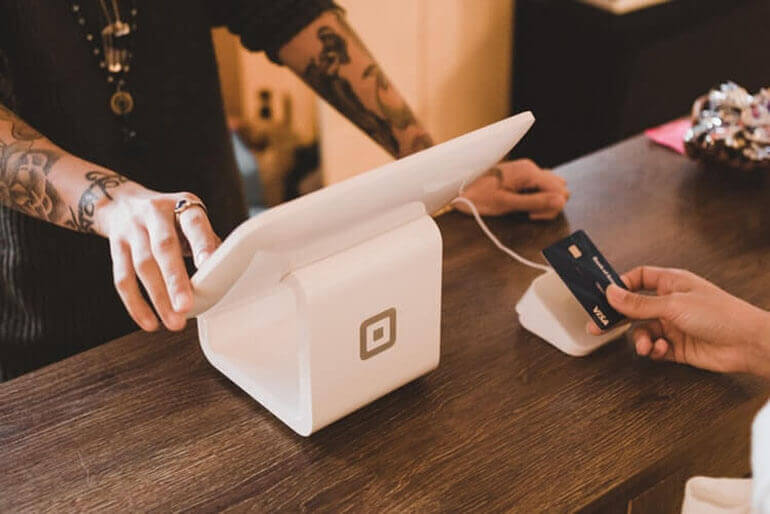
04, 07, 41, or 43 – Hold-Call Error Credit Card or Decline Codes That Indicate Fraudulent Activities
In cases when processing companies estimate that there is a possibility of fraudulent intentions, some of these codes will appear on the POS screen or the virtual terminal. These are the numbers that require immediate reaction in terms of keeping the buyer’s card. This can be an unpleasant experience, but it is necessary. Of course, when it comes to card-not-present transactions, this will not be possible.
Since the system will block the purchase, both in the physical and online environment, the funds won’t be taken from the holder’s account. Also, don’t forget that even if the fraudulent user succeeds in paying, the card’s rightful owner can always go with payment reversal, which protects the client, but not the vendor, unfortunately. For that reason, knowing how to deal with potential fraudulent attempts and refusing to proceed with the purchase once you receive the code is the most effective way to fight against return item chargebacks and other inconveniences. So here’s what those numbers indicate in detail.
04 – Blocked Transaction Due to Suspected Issue
When 04 appears, it means the possible causes for the issue are lost, misplaced, or expired cards. So the first step is to inform the client about the problem and kindly ask them to contact the issuing company or pay using cash or another method.
If the client agrees to contact the issuer and gets confirmation that the next attempt will be approved, you can try to process the purchase again. However, if the customer refuses to contact the issuer and insists on proceeding, the vendor should refuse to return the card.
07 – Payment Denied Due to a Fraudulent Account
The 07 number for hold call on a credit card machine is considered an obvious sign of fraud, and the salesperson should seize the card and refuse to provide any service to the buyer.
41 – Red Flag for Lost Cards
The 41 number on the POS terminal screen is a signal from the issuing bank for cards that the rightful owners have reported as lost. Again, the salesperson should refuse to return the card to the buyer and report the event directly to the issuing company.
43 – A Sign for Stolen Cards
No. 43 appearing on the terminal screen is an indicator for cards that their rightful owners have reported as stolen. Again, don’t try to proceed with the purchase, and if possible, keep the card and inform the issuing bank right away.

Other Codes That Indicate a System Error
If you get one of the notifications listed below, it means that the payment gateway classifies them as system errors. In this case, the sales staff should make another attempt to process the purchase or call the merchant processing company to resolve the issue.
12 – Invalid Transaction
When the POS terminal shows no. 12, it is an indicator that something has gone wrong on the merchant’s side. In most cases, the problem is an incorrect amount or pressing the wrong button. When this happens, the salesperson should check all the information, type it in correctly, and make another attempt.
13 – Invalid Amount
In case the cashier has typed in the wrong symbol or number, the system will record it, and the purchase will not be possible to proceed with. If this is the case, the correction of the information is enough to resolve the problem and make it possible to continue with the purchase.
14 – Invalid Card No.
Whenever you have to type in a long row of numbers, making a mistake is a possibility. If this happens, the system will recognize the issue and warn you. Simply retype the number and continue with the sale.
15 – No Such Issuer
If these digits appear, it means that the typed card number doesn’t start with the right digit. The first digit is the same for all holders of a single issuer:
- American Express: 3
- Visa: 4
- Mastercard: 5
- Discover: 6
19 – Re-Enter the Details
There is no specific explanation for this issue. However, to resolve it, it will be enough to type the details once more and initiate the process again. If the system keeps rejecting it, you should call the issuing bank and ask what the problem is.
28 – File Is Temporarily Not Available
This code indicates an issue during transactions. What you should do is simply wait for some time to pass. Trying to make the transaction again later on should be enough to resolve the problem.
61 – Exceeds Issuer Withdrawal Limit
In case the cardholder has already spent their funds, this code will signal it. If this happens, you should request the client to pay in cash or use some other method of payment.
62 – Restricted Cards
Although rare, this error can happen, and it is typically related to the processing of cards that are not allowed to be used at the specific business type. The same error is recorded when a user tries to pay online with a card that’s not designed for online payments. The only thing that can be done in this case is to just contact the processing company and ask for a solution.
63 – Security Violation
This code appears if the machine has a hard time registering the CVV or CID codes, meaning the system will have difficulties processing the purchase. Ask the customer to retype the CID or CVV from a card and make sure to inform them that the bank might mark it as a fraudulent attempt, which could be a problem for future payments.
78 – Non-Existent or Invalid Accounts
This code shows up every time when the system has difficulties recognizing the details – for example, if the account hasn’t been used in years or doesn’t exist anymore.
85 or 00 – Temporary Communication Error
These numbers imply the error is nothing serious, and there is a temporary problem with the connection. Simply wait for some time to pass and then try to repeat the process.
97 – Invalid CVV
If the CVV has been typed incorrectly, the system will recognize it. When typing it again, be careful to type the right numbers to avoid a potential block.
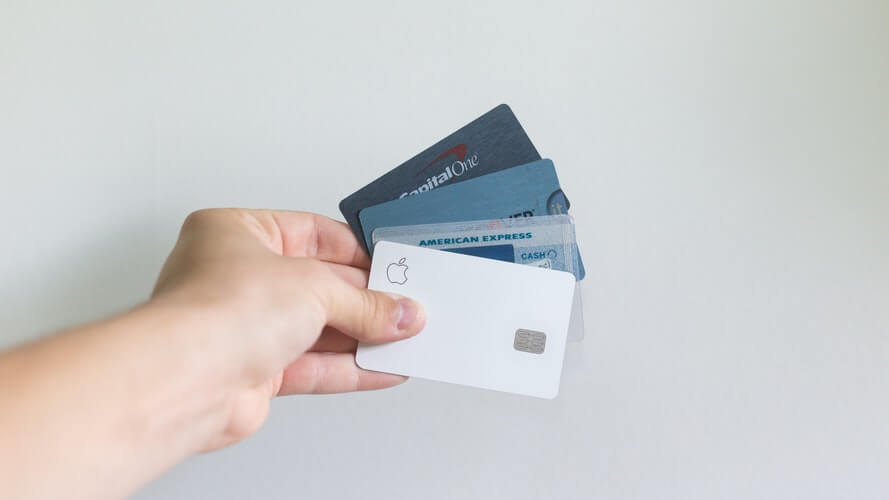
Looking for a Credit Card Processor to Help You Improve Your Business?
The number of credit cards in use has been increasing in the last couple of years and is expected to reach 1.1 billion by 2029. Did you know that 82% of U.S. adults have at least one credit card? These facts prove that paying with plastic is one of the most preferred methods in the U.S. So, if you’re running a business and trying to grow it, find the best processor for small businesses that will provide you with a transparent cost scheme with reasonable processing fees and transparent flat-rate card processing fees.
Moreover, once you introduce the option of paying with plastic, you’ll be able to build a loyal client base, provide them with different cash discount programs, and give them opportunities to enjoy all the cashback benefits. If you’re ready to partner with a reliable merchant processing company, our team at Merchant Chimp is just what you’re looking for. Contact us to learn more about us and book our services.

